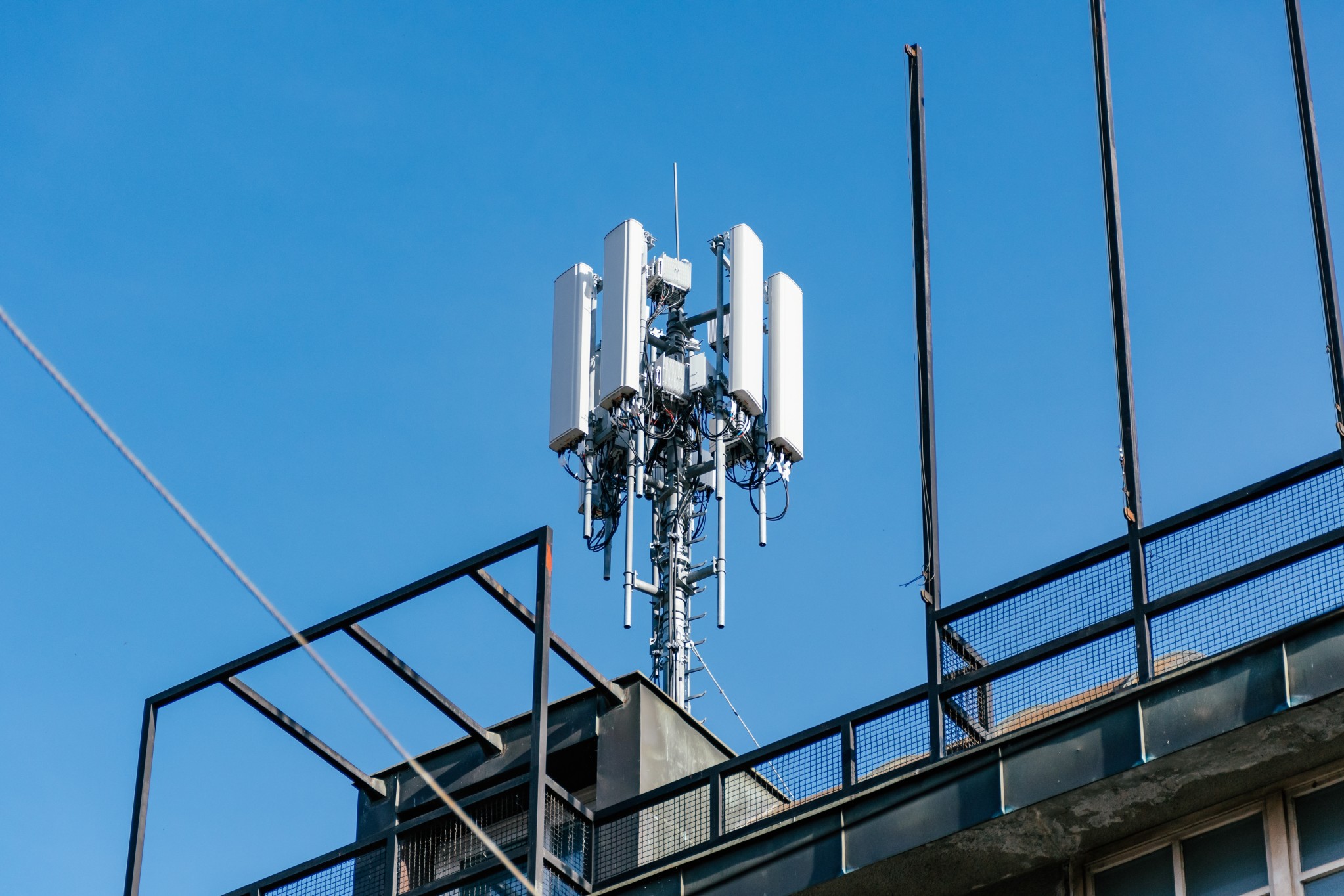What is the safest distance from your 5G cell System?

If you've ever wandered through a town and spotted tiny 5G cell towers on the poles of street lights. They look like small boxes, but they're actually broadcasting wireless signals from cellular providers to your phone.
They are replacing the larger built cell towers. Although what is a safe distance from a 5g cell tower 're not as visible but they can still create problems for those who live nearby.
The Federal Communications Commission's Radiation Exposure Thresholds
The FCC's Radiation Exposure Thresholds determine the maximum amount of time one can expose to electromagnetic energy from wireless devices. what is a safe distance from a cell tower of exposure are based on scientific data which prove that electromagnetic energy can be harmful to human health.
The rate of absorption called the specific absorption rate (SAR) is a measure of the amount of radiofrequency energy that is taken up by tissues. It is typically 1.6 Watts per kilogram spread over a kilogram of tissue.
Since 5g is able to transmit at higher frequencies this could be able to create more energy on the skin and other exposed body areas. safe distance from cell tower can lead to a wide range of possible harms, such as an increase in appearance of skin disorders such as dermatitis, skin cancer and cataracts.
Because of the potentially negative effects of 5G radiation, PSU has chosen to create a general limits on power density, which is 4mW/cm2 measured across 1 centimeter, and never to exceed 30 minutes for the entire 5G spectrum at 3000 GHz. This localized limit is consistent with the maximum SAR spatial-average of 1.6 W/kg, averaged over one grams of tissues at six GHz.
The FCC's Maximum Exposure Thresholds for Maximum Exposure
Have you ever used a mobile phone, you're probably aware that the safest location from the tower is at least 400 meters. This is because the power of the transmission of cell towers increases drastically the further away your location from the tower.
While it sounds like something that's good however, people living in close proximity to towers could be more susceptible to health problems. For instance, a study conducted in 2014 in India found that those who lived within 50m from cell towers suffered significantly more health complaints than those living further far from antennas.
This study showed that residents who moved to areas that were further from cell towers noticed their symptoms improve within a couple of days. Other studies have revealed that exposure to high amounts of electromagnetic field radiofrequency (EMFs) could cause cancer, brain tumors as well as other health issues.

This is because radiofrequency radiation, utilized in wireless communications, can penetrate the human body's exterior layer, the skin. This is important to understand since the skin functions as a barrier to protect against injury to the body, infection from pathogenic microorganisms, as well as the entry of harmful substances. Additionally, it is the biggest organ in the human body. It is responsible for keeping the integrity of other organs.
The FCC's Minimum Exposure Thresholds
The FCC's Minimum Exposition Thresholds are based upon many assumptions that aren't supported by scientific research. These include the erroneous belief that short-term exposures RF radiation are safe due to minimal penetration into the body (i.e., tissue heating).
This also overlooks the greater penetration of ELF parts of the modulated RF signal as well as the consequences of brief bursts of heat caused by RF pulses. These assumptions do not correspond with current understanding of the biological consequences of RF radiation. Therefore they shouldn't be considered for health protection exposure guidelines.
Additionally to that, ICNIRP and FCC limit the maximum limits of exposure to peak local SARs that are based on the peak frequency of absorption (psSAR), which can be described as an inadequate dosimetric tool to determine the degree of exposure to radiofrequency radiation. Particularly it is inconclusive for frequencies above 6 GHz. Furthermore, psSAR has not been evaluated for RF radiation with co-exposure to other agents of the environment such like sunlight. In the event of interactions, RF radiations with different environmental agents could produce synergistic or antagonistic effects. This could result in the risk of having adverse health consequences. For example, co-exposure to RF radiation along with exposure to sunlight can cause an increase in the incidence of skin cancer, and may also exacerbate other skin disorders, such as acne.
